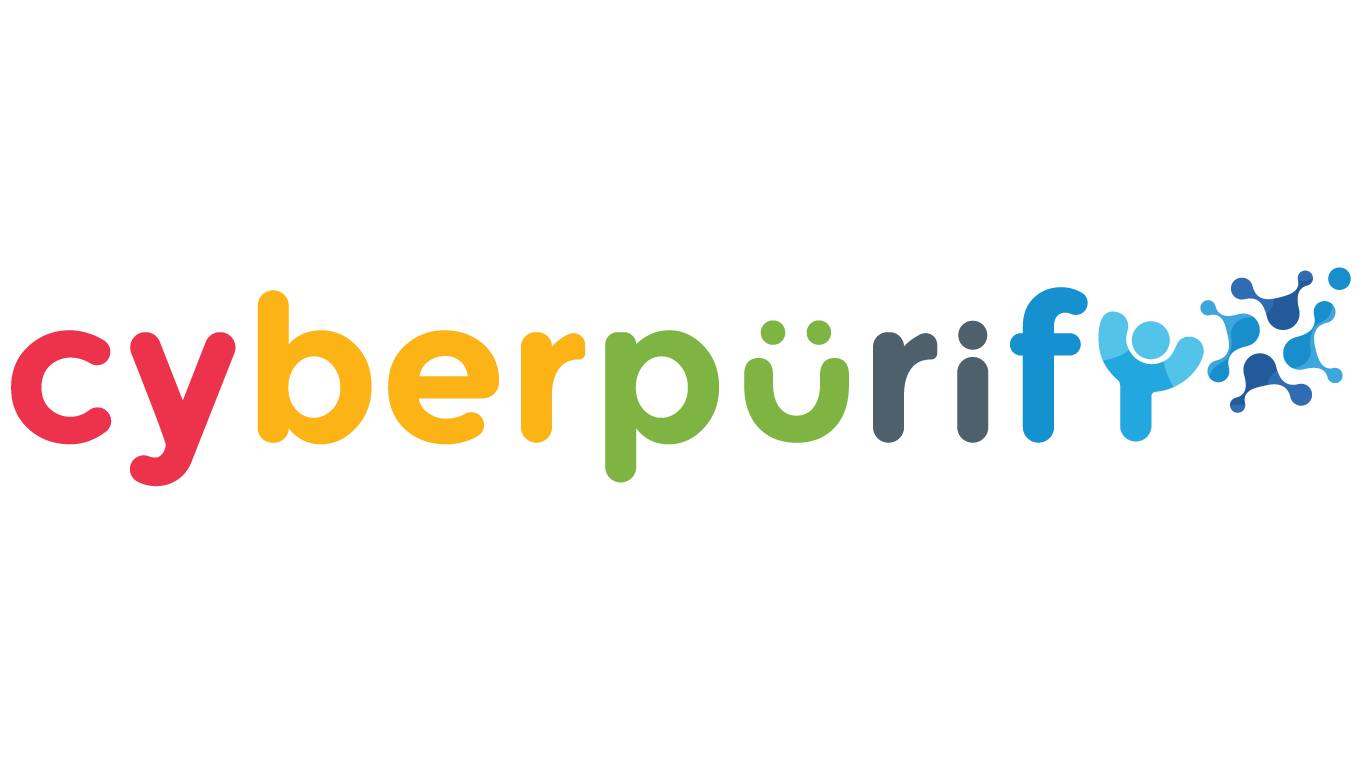Underage drinking in teen and pressure to drink are not new in high school. Nearly two-thirds of young people of middle and high school age said that people around them like friends have tried alcohol. More horrifying is that some children are first exposed to alcohol while they are still in elementary school.
Thus, the rejuvenation of the age when drinking has become very obvious and apparent and has long been no longer an “illusion”.
So, how serious is underage drinking in teen today, and what parents need to do to prevent that painful reality and detect their kids’ dangerous behaviors in time?
Underage drinking in teen – Numbers that speak
- The average age at which most teenagers try alcohol for the first time is 14.
- 38% of 8th graders drank alcohol at least once.
- About 10% of 12-year-olds say they have tried alcohol. By the age of 15, that number rises to 50%.
All of this means that parents shouldn’t wait until their kids are in high school to have alcohol conversations with their kids. Parents need to start much earlier, so their children will be fully prepared for what they will face.
However, many parents believe that their child’s underage drinking use of alcohol is not or very rare and most of them don’t care much about it. Perhaps if parents better understood how devastating youth alcohol use can be, parents would take it more seriously.
Whatever the case: The truth about teenage drinking: The effects of teenage drinking are huge.
The harmful effect of alcohol on teenager
Mental health is seriously affected
Adolescents who use alcohol at a young age are at increased risk for mental illness such as depression, suicide, and psychosis in adulthood.
- Among 12- to 17-year-olds currently drinking, 31% report extreme levels of psychological distress, and 39% exhibit severe behavioral problems such as committing suicide, drug use, unhealthy sex.
- Girls aged 12 to 16 who currently drink alcohol are four times more likely to develop depression than their non-drinkers.


- Attempts to commit suicide are 3 to 4 times more common among alcoholic adolescents than among non-alcoholics.
- Among 8th grade girls who drink heavily: 37% of girls reported having attempted suicide, compared with 11% of non-drinking girls who reported having attempted suicide.
Risk of committing other dangerous acts
According to research, alcohol remains the number one drug leading to physical and sexual assault. Besides that:
- 67% of adolescents before the age of 15 who drink alcohol underage are more likely to use illegal drugs.
- Underage drinking was 22 times more likely to use marijuana and 50 times more likely to use cocaine.
- Underage drinking is strongly correlated with violent behavior, poor school performance, arrest, and many other dangers.
Try and you might love this:
In summary, alcohol use among adolescents is one of the strongest predictors of adolescent trauma, fighting, learning problems, truancy, unprotected sexual activity, develop unwanted sexual behaviors, illegal activities, and other illegal drug use.
Worse, more than a third of traffic accident deaths among teenagers are alcohol-related. Even teenagers who don’t drink are at risk if they get in a car with an already drunk driver.
Underage drinking is directly proportional to binge drinking
Binge drinking is having more than 5 or more drinks on at least one drinking occasion in the past 30 days.
- 5.7% of 7th graders and 12.4% of 8th graders reported binge drinking in the past 30 days.
- 1 in 6 young adults involves in binge drinking. However, only 1 in 100 parents believe that their child is binge drinking.


- Children who started drinking before the age of 15 were five times more likely to abuse alcohol than children who didn’t drink until they were 21.
- Adolescents and pre-teens who drink heavily are at increased risk of alcohol abuse and alcoholism later in life, as well as the risk of prolonged depression.
What should parents do to prevent or detect their children’s underage drinking?
Areas of the brain that promote impulsivity and risk-taking develop early in adolescence – but the areas that improve self-control and inhibit impulsive behavior don’t develop until after teenagers in their 20s.
That’s why teenagers need their parents’ help to stop drinking.
- Start talking about these topics with your child earlier and continue discussing and reminding them over time.
First, have intimate conversations with your child about stimulants, drugs in general, and alcohol in particular. You should demonstrate clearly to your children how they will affect them.


Build an intimate sharing environment between children and parents, talk to your child about alcohol like two friends, children are both more receptive and trusting in you.
If your child has been underage drinking, try asking questions openly and curiously as your child will be more comfortable sharing without feeling judged.
- Use online content filtering tools
However, the education of the school and family only plays a part, in adolescence, your child will feel very curious about everything around, curious to know, to experience.


- Alcohol
- Drugs, stimulants such as marijuana, narcotics, ecstasy, etc
- Weapons such as guns, slashed weapons, machetes, etc.
- Pharmaceuticals
Thereby helping you detect timely, prevent unpredictable consequences later. Besides, this tool also filters harmful content that reaches your children such as pornography, bloody accident images, etc. to help your children use the Internet more safely and effectively.
Try and you might love this:
















